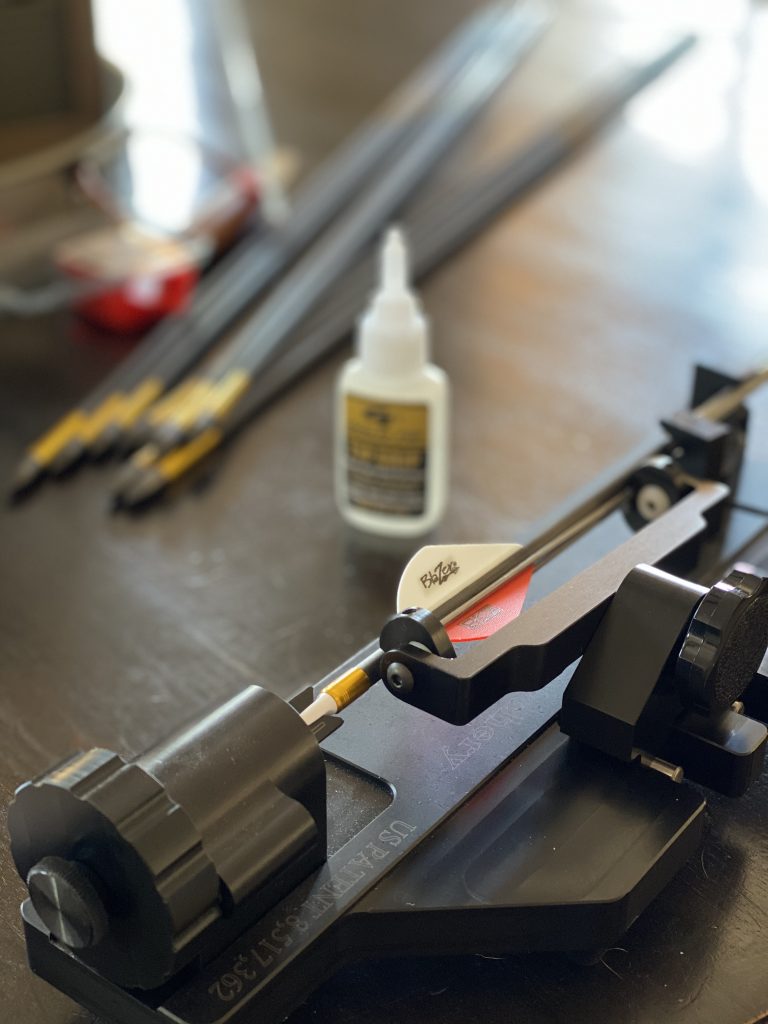Well you got our interest ontarget7 how about letting us in on your possible discovery so those of us who enjoy trying different combinations can also test it out?
My biggest complaint with the larger vanes is I re Fletch way more than I like to when shooting groups. Nicking vanes and blowing holes through them etc. but seem to always go back to the 2" Blazers 3 Fletch 6* helical. My only thing I would like is less noise in flight and equal results long range.
This year I have settled in with the Hexx arrows again but upped my FOC a bit more to 20%. This has been a very forgiving bareshaft combo shooting a total of 200 grains up front. For me personally a forgiving bareshaft will equal excellent Broadheads down range.
I have been testing the Blazer X2 4 fletch with my 3 fletch and so far control is there even in slight windy conditions. About 8-10 mph winds tested so far and they are right in there with my 6* helical 3 fletch 2" Blazers.
They are definitely quieter in flight and hoping to keep the re fletching to a minimal with the lower profile.
Fixed blade and fieldpoints in 8 mph wind at 40 yards have been great so far.

If this holds great groups out to 100 yards I will probably switch to this combo
Sent from my iPhone using Tapatalk



